SHTFDad may collect a share of sales or other compensation from the links on this page.
Preparing your garden for winter is an important step to remember in gardening.
The season changes from summer to autumn. Vegetables are getting close to the end of their production period and leaves are beginning to fall from the trees. Winter is just around the corner.
However, in order to winterize the garden before winter arrives, there are some important things that should be done.
Preparing Your Garden For Winter
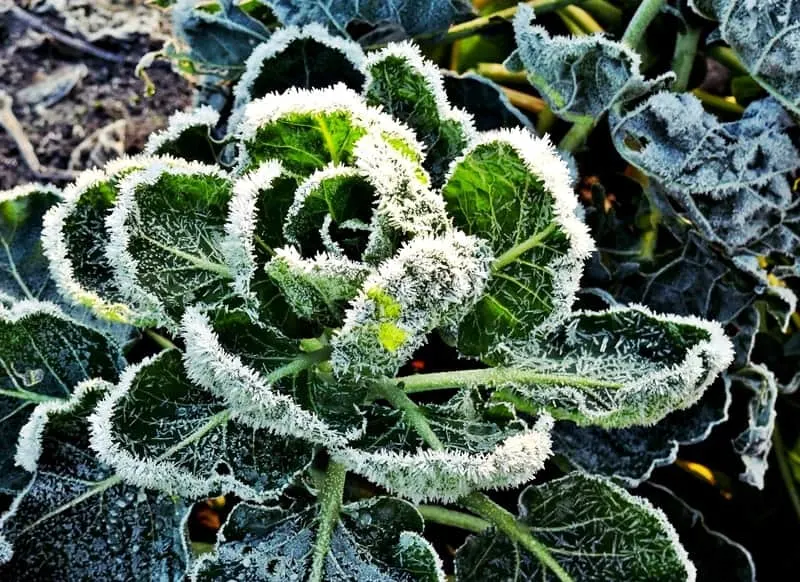
Part of maintaining a garden involves preparing it for each new season. Before you close up the garden, there are some important steps to take. You must ensure that your garden is ready for a long winter’s rest.
This is an ideal time for kids to spend time with dad in the garden preparing for the coming cold. Let’s take a look at how you should be preparing your garden for winter.
1. Clean Up
As heavier frosts become the norm, it’s time to begin removing plants from the garden. They have served their purpose and died off.
Taking the time to do this now will greatly enhance your preparations and efficiency in the spring. Consequently, it will help the soil to rejuvenate faster.
It’s also an ideal time as a dad to teach kids the difference between healthy plants that can go into the compost, and plants that need to go to the burn pile or into the trash.
If you don’t want to have to spend a lot of time in the garden doing this before you plant, do it now before you put the garden to bed for the season. It will make it all so much easier when spring rolls around and you’re ready to plant.
Identify Pests, Fungi & Disease
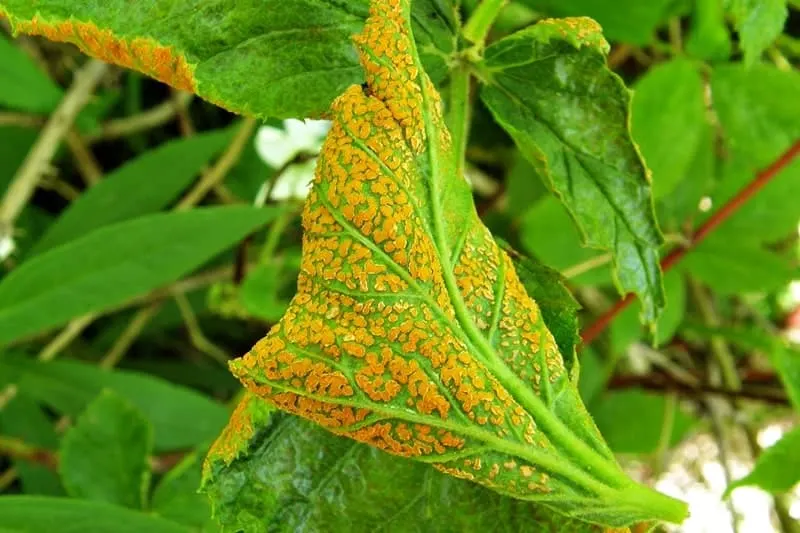
Left in the garden, many plants may have pests, fungi, and even disease. You may wish to burn any plants that have disease and pests to get rid of them once and for all.
Be sure to check local ordinances to ensure you are allowed to burn in your area. You can also burn weeds that you don’t want to regenerate and produce more weeds next fall.
Removing the spent plants will give your garden a fresh start in the spring. If the plants don’t have any disease and are pest-free you can often put them into the compost pile.
However, keep in mind that some plants, when placed into a compost pile, will grow next spring. Included are squash, gourds, potatoes, and anything with seeds or roots.
Rake up leaves and make sure that they’re not left to suffocate the grass. You can incorporate some of the leaves into your compost pile. Place these over the more delicate plants that may require some form of covering over the winter to protect the delicate roots from freezing.
2. Make Sure to Remove Fallen Fruit and Prune
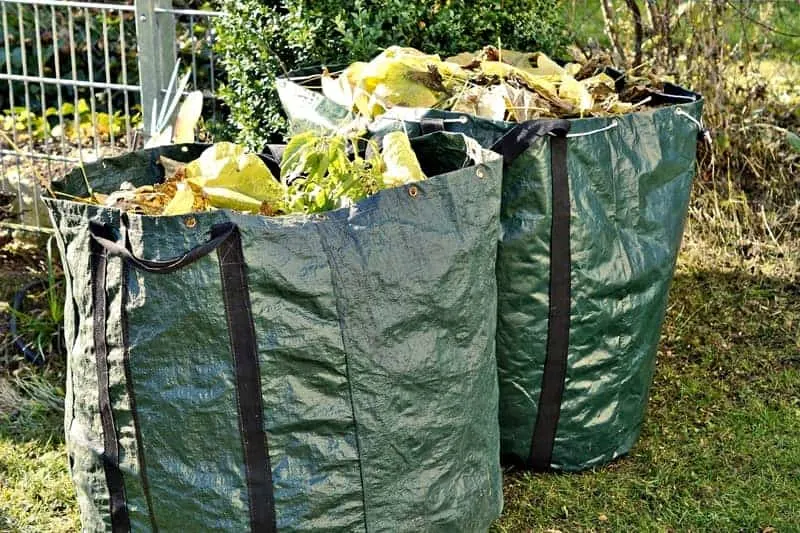
Pick up all fruit that has fallen from trees and bushes. Make sure that you’re getting rid of it to keep your yard pest and rodent-free.
Be mindful; this is the time of year that yellow jackets tend to get into bits of fruit on the ground. They are getting cold and seeking out a last meal and some warmth. Teach your kids to watch out so that no one is stung.
Cut back or prune any plants that are normally pruned in the fall months. However, make sure that you leave fall plants like mums alone. They will continue to bloom and give you flowers for a few more weeks.
If the limbs that are pruned back have any disease or pests be sure to put them in the trash or the burn pile in lieu of the compost pile where they could infect the entire compost pile and render it useless for the following year.
3. Collect Seeds For Next Year
- Turner, Carole B. (Author)
- English (Publication Language)
- 224 Pages - 01/02/1998 (Publication Date) - Storey...
If you plan to save any of your seeds, this is the time to collect them. Beans, peas, and many other plants will all give you seeds if you allow them the time to do so. When you’re harvesting your plants keep this in mind and save a few aside from the dinner table to dry into next year’s seeds.
Keep in mind that it doesn’t take a lot of seeds to plant an entire row of produce. Many people will save out ten to twelve pea or bean pods and save those ten or twelve pods for next year’s seeds. Each pod will hold a large number of seeds so you’ll have plenty.
Seed Storage
Allow the seeds to completely dry before storage. To do this, you can lay them on a tray, some newsprint or paper toweling, and turn them over often until they’re dry. Toss out any seeds that begin to mold and avoid allowing them to begin to sprout.
Store your seeds in a clean dry envelope that is clearly labeled for the next year. Be sure to record the year that the seeds were saved and the particular type of plant that they came from on the outside of the envelope.
Companion Seeds
You can also save seeds from such plants as marigolds. Marigolds are lovely yellow to orange flower that works well for companion planting in the garden. Marigolds can help to protect many plants, including peas, beans, and tomatoes, from pests so you’ll want to save those seeds as well.
To collect marigold seeds you’ll want to allow the flower heads to dry and then gently grasp the flower head and gently pull the seeds out of the head.
They will be long and black and white in color. Set them on a paper towel for a few days and turn them often to ensure that they’re dry and then place these in a seed-saving envelope as well.
4. Amend The Soil
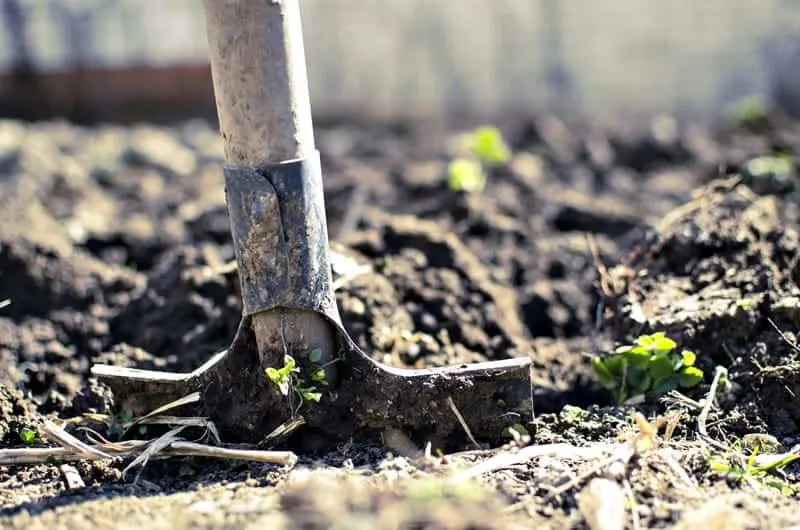
Many people wait until the spring to do this. However, if you have the time, adding in some soil amendments such as compost, manure, and other components will greatly enhance your soil’s nutrition when you’re ready to plant.
Doing this in the fall helps to leach the beneficial microbes and organisms into your soil over the winter. When spring rolls around the soil is ready to give you great plants for the garden. Use the last of last year’s compost pile, some grass clippings, and some leaves and amend the soil well.
If you use a rototiller in your garden, you should also consider doing this in the fall to ensure that the soil is able to fully drain during the winter months when there will be more moisture in the soil. This is also an ideal way to mix in the above-mentioned compost and other components that you may add to your soil.
5. Fall Is The Time To Divide And Plant Bulbs
If you’re going to be dividing your bulbs, fall is the best time of year to do this. You can divide them and plant the divides during the cooler fall days. Your garden will then liven up in the spring when all of these bulbs bloom with pretty colors.
Note which flowers seem to be overcrowded during the spring blooming season. Mark these as the bulbs that you plan to dig up and divide. This will help to spread the lovely colors out more and keep your flowers from overcrowding one another.
Garlic Bulbs
- NOTE: BULBS WILL VARY IN SIZE AND YOUR SHIPMENT...
This is also the time of year to plant your garlic bulbs. Garlic does very well when it’s allowed to winter over in the ground. In the spring, you’ll see green shoots popping up out of the soil as the sun begins to warm the earth.
If you’re planning on growing garlic, you’ll want to have a specific garlic plot that you plant it in for the following year. Be sure to first amend the soil, run the rototiller through it and then rake it smooth. Remove any debris that comes to the surface during this process.
Now you’re ready to plant your garlic. Place bulbs into the ground root side down. Put a few inches of dirt over the top and you’re all done for the season.
6. Compost
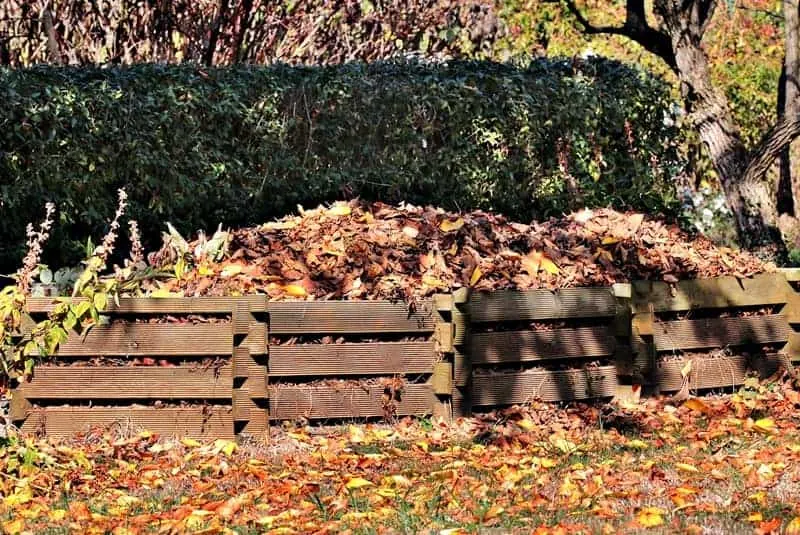
If you don’t already have a compost pile, see clean up above and start a compost pile. You can put plants in the compost pile that don’t have seeds or pests and that are done blooming.
You can also add in leaves, grass clippings, kitchen food scraps that haven’t been cooked (vegetables only). Toss in some of your previous compost as well.
Keep in mind that if you put in potato peelings, squash or gourds that have seeds or other seeded fruits or vegetables there is a chance that you’ll find some of these plants growing in your compost pile in the spring.
For those who have small backyard spaces, or who live in apartments, composting can be a bit of a challenge.
However, there are a few strategies you can employ like vertical and Bokashi-style composting. With the right equipment, effort, and knowledge, composting is a viable activity for those in urban environments without much space.
This is an ideal project for kids to join in on. They can help dad as he works in the garden by saving the kitchen vegetable and fruit scraps. It’s a great way for kids to spend time with dad while he’s in the garden.
7. Mulch
Mulching will give your plants some extra warmth during the cold winter months. Raked leaves, bark, and other mulch products all work well to provide a warm barrier for your tender plants and the cold elements. Add mulch in the fall and in the late spring to help your plants look great and feel great.
Mulch also works to protect your plants from water runoff, losing moisture, weeds, and erosion. Make sure that your mulch is thick enough to protect the plants and keep them from being frostbitten.
You can also use old newspaper, cardboard, and other natural materials that will break down into organic materials for mulching.
8. Clean and Sharpen Your Garden Tools
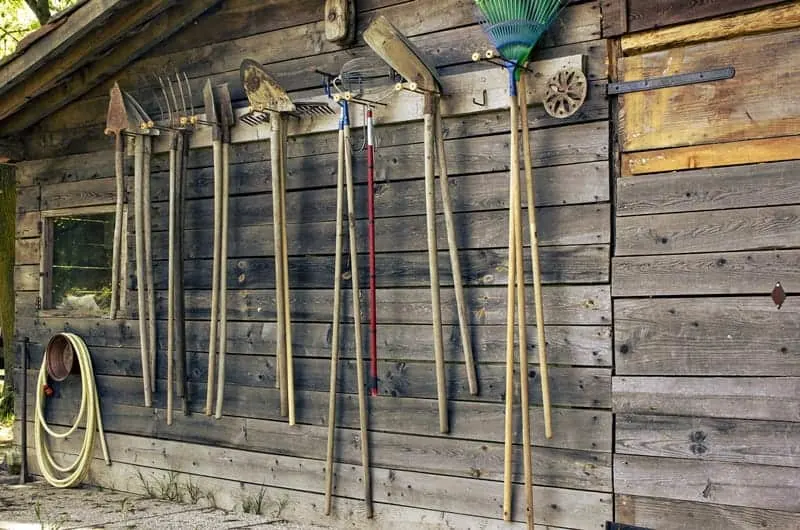
Everyone knows that you should keep your garden tools sharp and in good working order. If you haven’t been cleaning them up after use, this is the time to do so. Start by washing them with some soap and water. Use sandpaper or even a wire brush to remove any rust from your tools.
Sharpen the shovels, the hoes, and pruners with a file, whetstone, grinder, or some other object that you can use. Make sure that they are sharp and ready for use in your garden next spring. Rub them down with some oil and store them where they will be clean and dry during the harsher winter months.
If you have lawnmowers and rototillers this is also the time to prepare them for the winter months. Be sure to clean them well, tighten any loose blades and sharpen the blades and then store them where they will remain clean and dry.
If they have any fuel left in them be sure to drain this out as well to ensure that condensation doesn’t get into the fuel. The same goes for any oil receptacles in your lawnmower or rototiller.
9. Final Watering
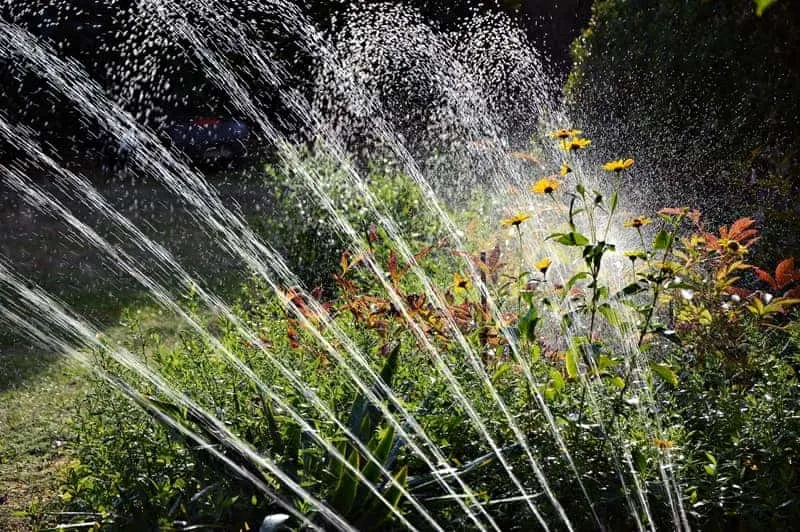
After preparing your garden for winter and following your checklist, it’s time to give your garden area one last good watering. Be sure that you water everything deeply on the warmest possible day. You don’t want it to freeze that night and have a lot of frozen water puddled here and there so watch the weather.
Focus on watering the compost, the garden area, and even the garlic if you planted that. Kids will have fun helping dad water the garden at the end of the season.
Conclusion
Now that your garden is all prepared for winter you can take a short break. You’ll want to start planning next year’s garden shortly after the new year starts, so enjoy your break.
When planning the new garden involve the kids and consider what did and didn’t work the previous year. Keep a list handy of what plants were used last year and where they were planted when considering the new garden for the new year.
As soon as the soil allows you can get out and start rototilling and preparing for the new gardening year. Just remember not to plant anything until after the last frost in the spring.
So once you’ve prepared your garden for winter, you’re done for the season and can enjoy a short break. While you’re on your break you can contemplate the plants that you want in your garden the next year and start planning out what you’ll be planting.
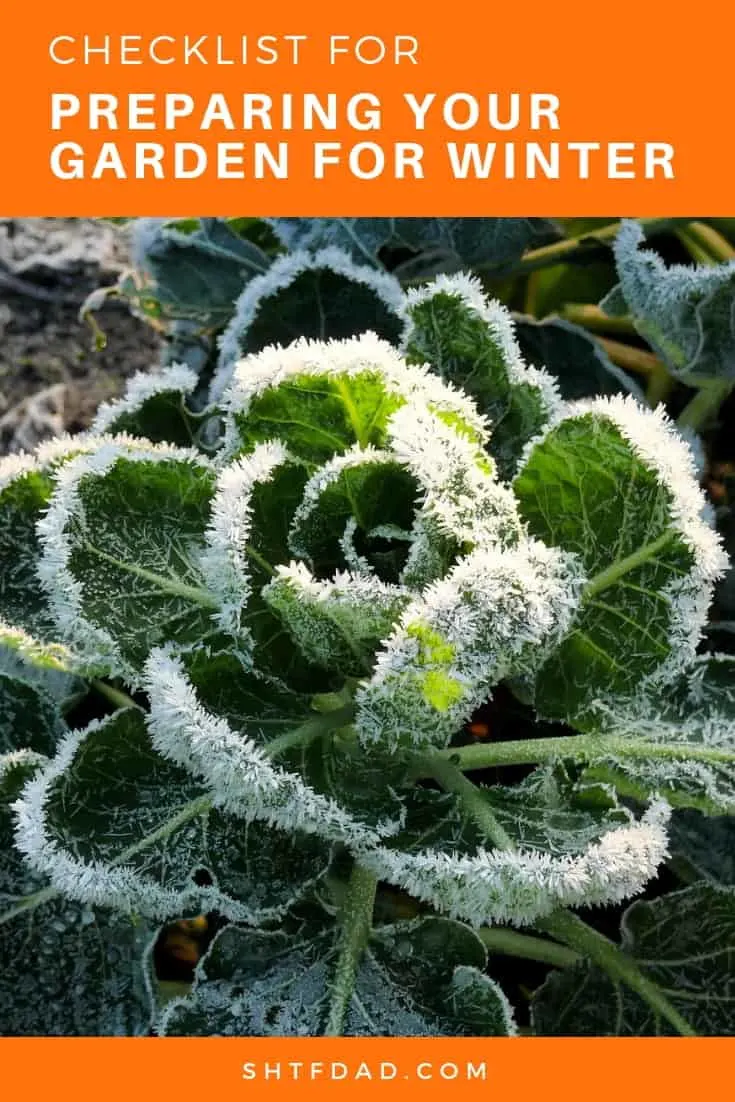
Resources:


